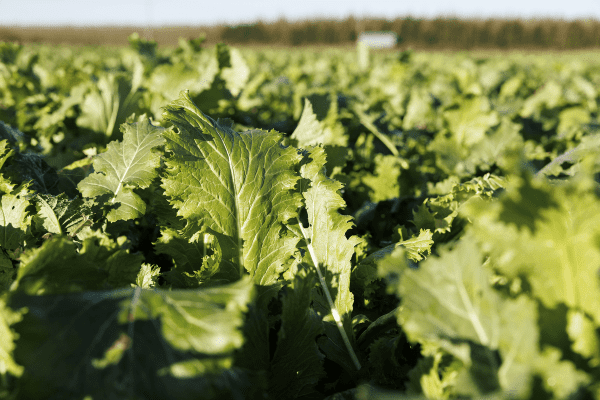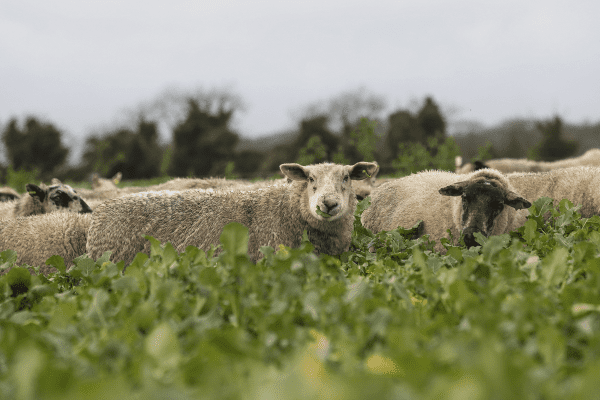Grazing forage brassicas well means better crop utilisation, benefits to soil health, and good health and welfare in livestock. And this year, in particular, they have the potential to help fill forage gaps caused by the dry summer conditions impacting many Irish farmers.
Germinal Technical Director Dr Mary McEvoy outlines how to capture the production and environmental benefits of forage brassicas this winter and the important steps to remember when grazing to optimise utilisation, while also helping animals thrive.
Brassica crops, including the hybrid brassica Redstart and Maris Kestrel kale, are very useful sources of homegrown, high-energy winter forage, reducing the need for bought-in feed and the cost of winter housing.
Many farmers will have started grazing brassicas mid to late November and crops sown under the 2022 GLAS Scheme can be grazed from 1 December.
Balancing energy and fibre
Brassicas are high-energy crops but low in fibre. They need to be fed with a source of fibre, such as silage, hay or straw, in the field.
The fibre source is important because it provides a scratch factor, increases rumination and reduces the speed of flow through the rumen. Aim for 70% of the diet to come from brassicas with the remaining 30% from fibre.
Ideally, put bales out in place before you start grazing forage brassicas to minimise crop and soil damage as well as workload. If this isn’t possible, keep travel on the field to an absolute minimum. Think about delivering the bales all in one go on a tractor and trailer and rolling them out, rather than making multiple trips with a tractor carrying a single bale.
The lower the crude protein content of your fibre source the better, as brassicas already provide a good level of protein.

Manage the setup right
Livestock must be transitioned onto a brassica crop carefully. Allow on for just a couple of hours initially, building up to unrestricted access in seven to 10 days.
Although there is a high level of moisture in a brassica crop (12 to 14% dry matter), livestock still need access to an adequate water supply, so ensure constant access to fresh water. This does not include streams or rivers as they must be fenced off.
Brassicas are also low in minerals. The easiest way to overcome this and provide a constant supply is by bolusing the animals. Of particular importance are iodine, copper and selenium – speak to your vet for advice.
Get your brassica grazing plan right
If your brassica field is on any type of slope, make sure you graze from top to bottom so any runoff can be captured by the standing crop.
Avoid gateways and pinch points as much as possible to reduce poaching and fence off any waterways to reduce the risk of contamination.

Give livestock as long a feed face as possible to ensure all animals can graze at the same time and move the fence every 24 hours to minimise crop damage. A long narrow feed face is ideal, so shy animals also have access to the crop. It also helps reduce wastage as less of the crop will be trampled into the ground.
Always back-fence so there is plenty of room for all livestock to lie down at one time. In very wet conditions, think about providing a sheltered area.
Improve soil health with brassicas
A brassica crop grazed in the right way avoids damaging the soil and helps improve soil health for future crops. Building organic matter is the best way to improve soil health and fertility and out-wintering livestock do this by depositing dung and urine across the whole grazing area.
And as it is impossible to use 100% of the brassica plant, the crop residue also adds to the organic matter by providing green manure.
Ask an expert
For brassica management advice, ask one of our experts.
Ask us about brassica forage crops
